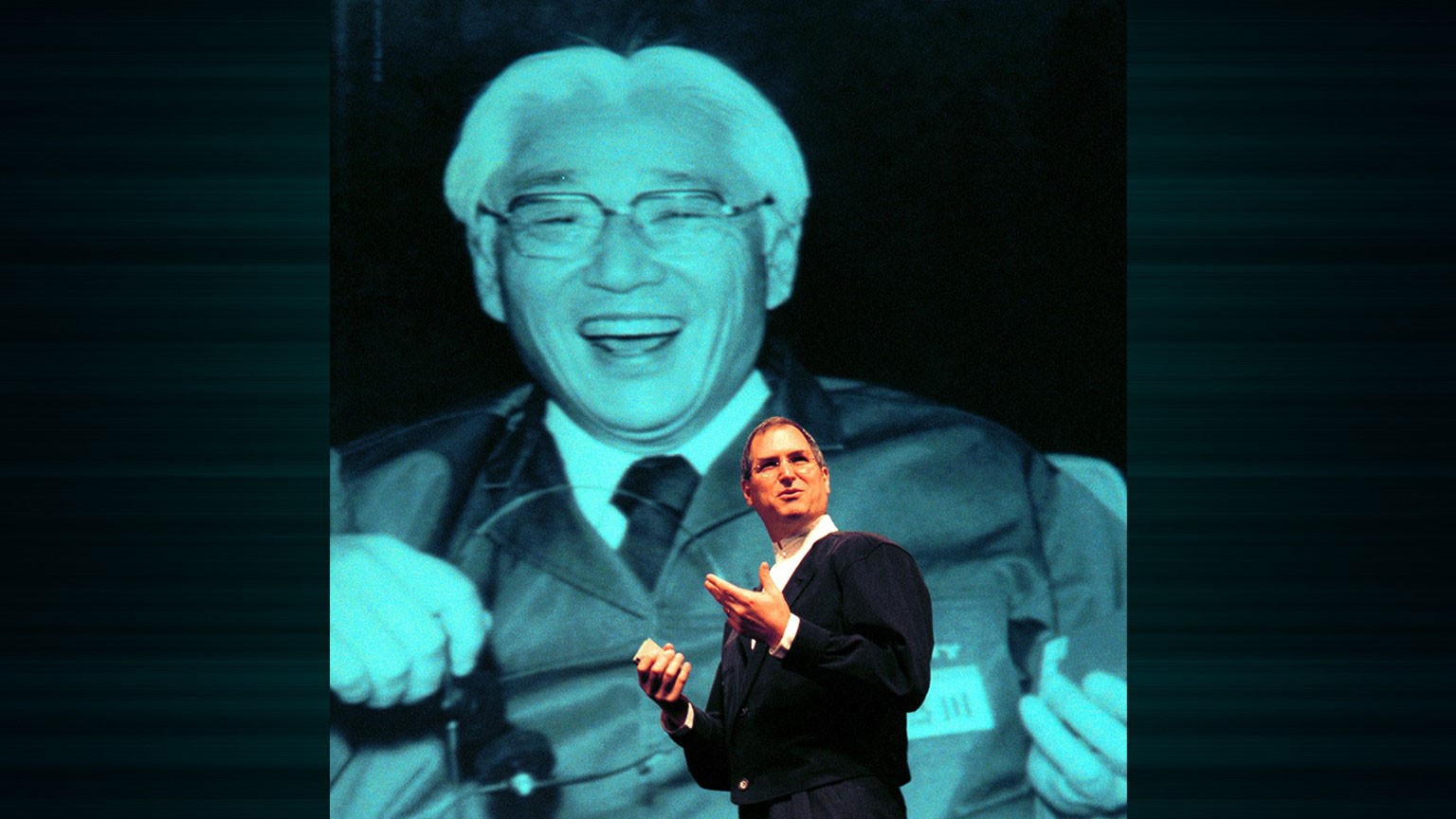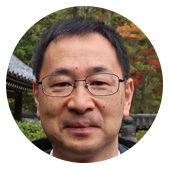Dan'l Lewin was working for Sony when he met Jobs in April 1977.
"Apple had moved in next door and Steve Jobs came into our sales office and started asking a lot of questions about Sony products," Lewin says. "He asked me why our products were more expensive. I told him, 'Because it's a Sony.'"
Jobs eventually convinced Lewin to join Apple, where he worked as director of global education, sales and marketing.
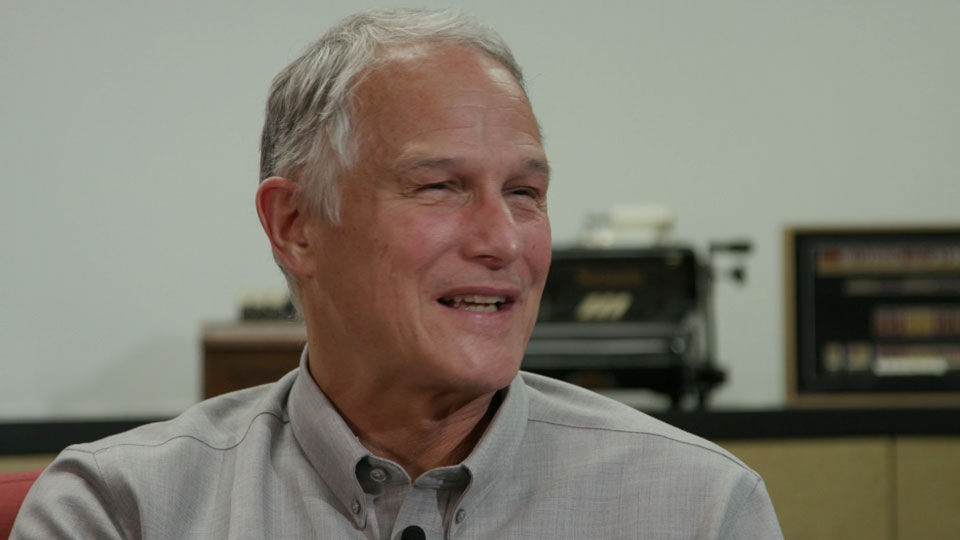
As Apple grew over the following years, Jobs was very clear what his vision for the company was based on: Sony.
A slew of popular products had made Sony a household name around the world. Co-founder and chairman Morita Akio was the face of the company's success and innovation.
"Steve Jobs had a great respect for Sony, for its design, for its perfection," said Satjiv Chahil, a former marketing executive for Apple. "It was an innovation in miniaturization. That was the North Star for Steve, that was Sony."
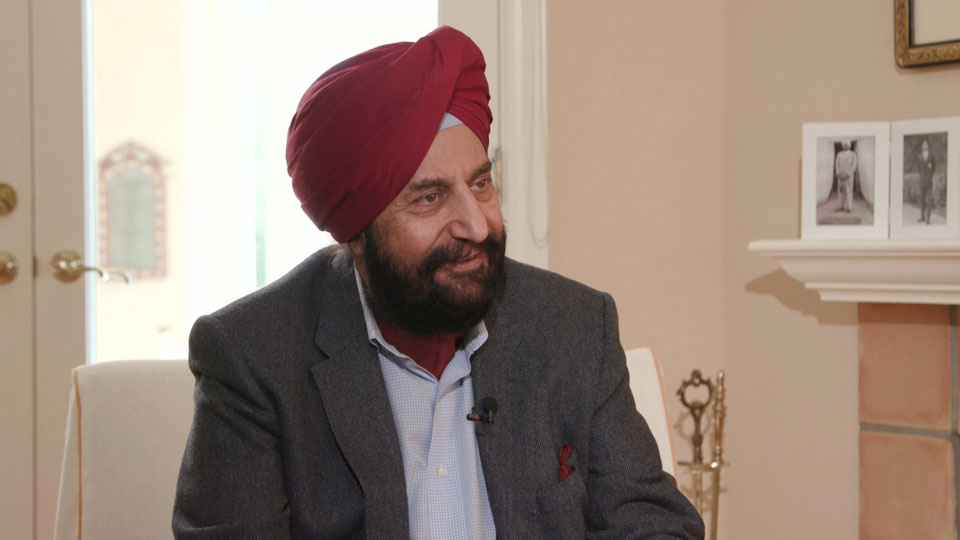
According to John Sculley, the former Apple CEO and one of Jobs' early partners, Jobs had a close friendship with Morita and had dinner with him whenever he visited Japan.
Just before Sony launched its CD Walkman in November 1984, Morita gave one to both Jobs and Sculley to try. Sculley says Jobs was immediately struck by the design and thought it encapsulated the spirit of Japanese manufacturing.
Sculley says that afterwards, Jobs peppered Morita with questions about the Walkman, trying to learn the secrets of Sony's manufacturing. He was particularly interested in knowing how involved Morita was in the Walkman's design. Morita told him he personally took part in the process.
"Morita was a product person," says Sculley, "just like Steve Jobs was a product person."
Shortly after Morita's death in October 1999, Jobs paid tribute to his friend at an Apple product launch.
"One of the greatest inspirations to me and a lot of the folk at Apple was Akio Morita at Sony," he said. "I hope some of the things that we are going to be doing today would make him smile."
Sculley said that Morita was very open in allowing himself and Jobs to meet with Sony's engineers and designers. Morita even invited them to the Sony factory so they could see the production process. "We were given exposure that we would never get from another company in the United States, but we got it from Morita in Japan," Sculley says.
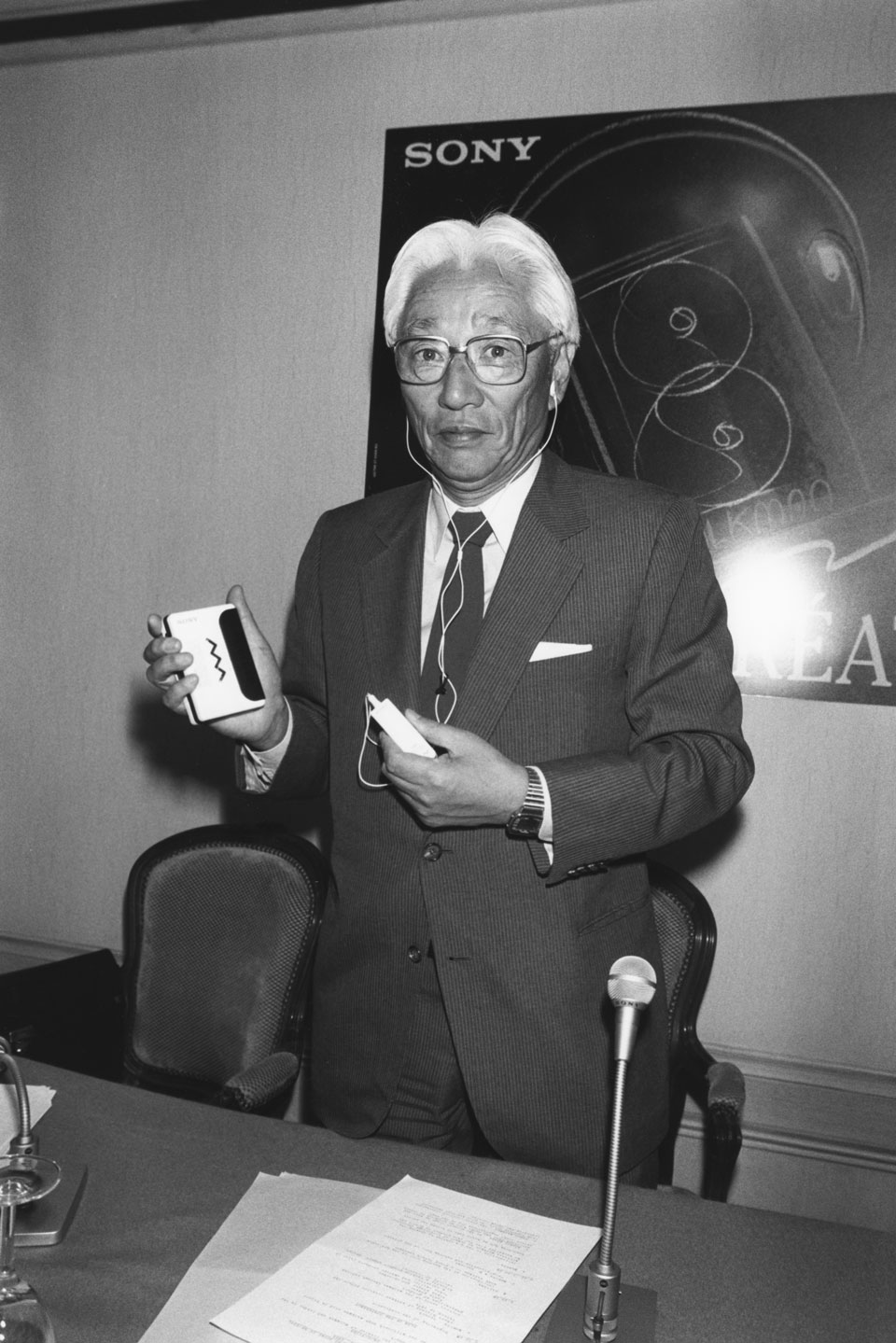
Simplicity in design
One of Apple's early slogans suggests the extent of Sony's influence: "Simplicity is the Ultimate Sophistication."
"We would always come back to that foundational idea," Sculley says. "Steve admired that in Japanese culture. Morita told us, 'That's a principle for us for how we develop and build our products.'"
Lewin also distinctly remembers the importance Jobs placed on simplicity.
"The look and feel of the product when it would sit on your desk or how it would feel in your hand, those things were very important to him," Lewin said. "I think Sony was a big inspiration in that regard."
Jobs even poached one of Sony's top designers. Harmut Esslinger had been instrumental in the creation of over 100 Sony products when he was lured away by Apple.
At Sony, Esslinger worked in a design studio located on the same level as the management offices and the factory floor. He said this helped foster a degree of unity between the company's production and design teams — a unity Jobs sought to recreate.
"[Jobs] had a sense of what was nice and what wasn't, but he didn't have the sense of how to make it and how to get it through organization," said Esslinger. "So the first proposal we made to Apple was that the designers get a little more power by reporting to the engineering head."
Jobs was convinced by what Esslinger admits was a "pretty radical" approach. After an initial period of difficulty, it was accepted by the company.
"I think the connection between Steve and Japan, Japan's culture in general, really happened in the early days," said Esslinger, who adds that "Apple's soul is half-Japanese."
"He learned that using the Japanese system of collaboration, of improvement, was the source of Apple's future success. So, Apple, in fact, is based on the Japanese model."
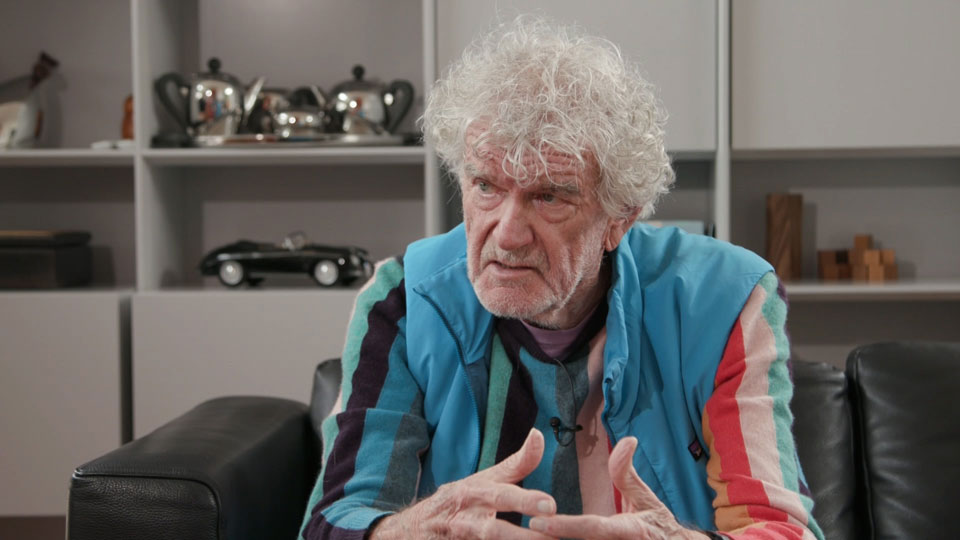
Passion for design
In 1984, a year after Sculley moved to Apple, Jobs showed him a diagram outlining what he foresaw as the future of the computer industry. He believed widespread use of the internet in the 1990s would lead to the personal computer becoming the primary mode of self-expression.
The diagram showed that among US companies, only Apple and IBM would survive this change. But it also featured a small Japanese flag, suggesting Jobs was saving a little room at the top for an old rival.

Sculley says the friendship and respect between Jobs and Morita boiled down to a shared passion for design.
"They resonated in a very positive way," said Sculley. "That's pretty unusual when you have two founders from different cultures. They talked about design principles. They never discussed the business model."
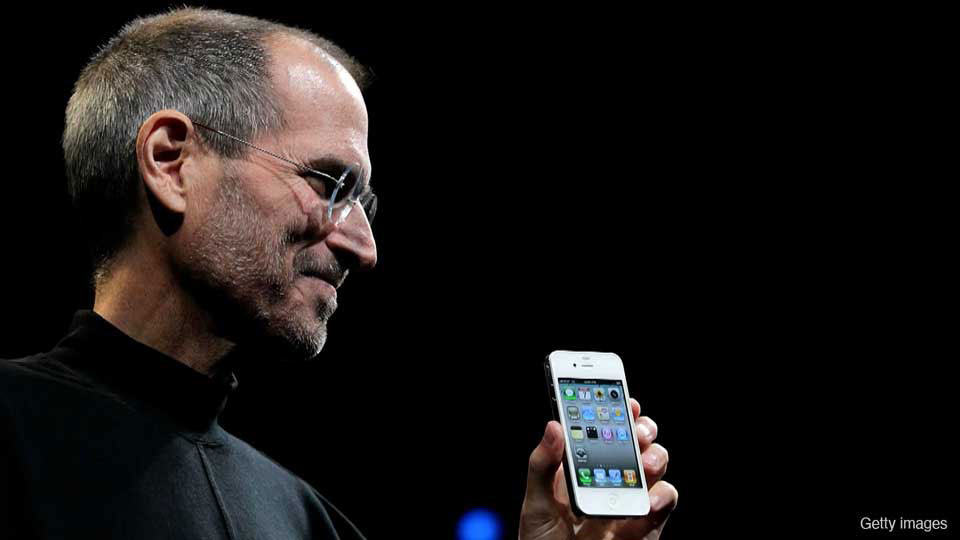
Watch video: Steve Jobs and Japan
You can watch the full program on demand. It is available until March 25, 2028.
